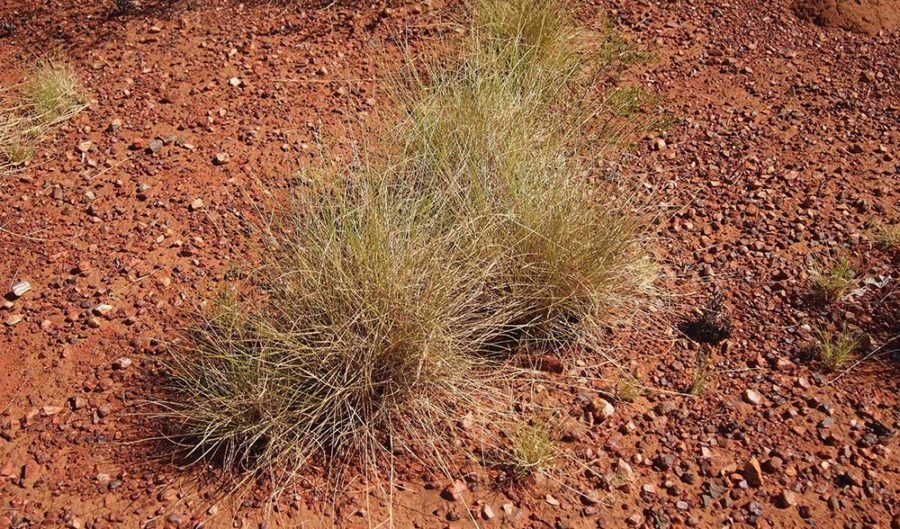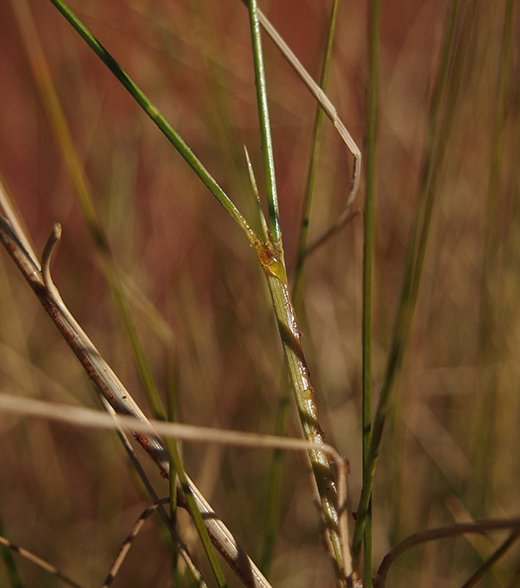Can spinifex lead to safer sex?

SPINIFEX, A SPIKY grass native to Australia’s sandy centre, could lead to advancements in contraception thanks to a collaboration between traditional land-owners and researchers in Queensland.
Indigenous Australians have long used the resin from spinifex as an adhesive, and now researchers at The University of Queensland (UQ) have worked out a simple method to extract the arid grass’s naturally occurring nanocellulose – the same fibres that give the plant its strength and drought resistance.
There’s a handy use for this extra strong, extra durable nanocellulose: by adding it to latex, researchers say they’ll produce stronger, thinner condoms than anything currently on the market.
“The great thing about our nanocellulose is that it’s a flexible, tough nano-additive,” explained Professor Darren Martin, a materials scientist at the Australian Institute for Bioengineering and Nanotechnology at UQ, and lead researcher on the project.
“So we can make a stronger and thinner membrane that is supple and flexible, which is the Holy Grail for natural rubber,” he said.

Triodia pungens stem showing accumulation of resin, which has long been used as an adhesive by Aboriginal Australians. (Image: Mark Marathon/Wikimedia)
Extracting nanofibres from spinifex grass
In the past, extracting such high-grade nanofibres has involved complex and expensive processes. In the case of spinifex, however, the extraction process is comparitively simple.
The process involves pulping the plant, to create a substance similar to paper pulp, which is then pushed through a small area under high pressure to separate out the nanofibres. “We don’t use nasty acids or oxidising agents like many others,” said Darren.
Dr Mikael Larsson, a materials chemist at the UCL Australia in Adelaide, says that if the production is economically competitive, the fibres may find valuable use in latex and rubber materials.
“It seems that this method of extracting nanocellulose from spinifex grass could allow for very thin and long nanofibres using an efficient method […] and will allow for thinner condoms with maintained performance,” he said.
The research is a great example of how nature can be used to improve our day-to-day lives, Mikael added. “What I find the most interesting about this research is that it demonstrates how nature provides green raw materials that we, if we learn how, can utilise to improve products and processes.”
Spinifex research involves Indigenous land-owners
The research is taking place in the Camooweal region, around 900km from Birdsville on the Queensland/Northern Territory border, in collaboration with local Indjalandji-Dhidhanu people.
Colin Saltmere, director of the Dugalunji Aboriginal Corporation, signed an agreement with UQ to ensure local Aboriginal knowledge is incorporated into the research, and local groups benefit from the commercialisation of any resulting products.
“There are strong hopes of cultivating and processing spinifex grass on a commercial scale, bringing economic opportunities to the remote areas across Australia where it thrives,” Colin said.
The spinifex in question, Triodia pungens, is one of 69 species of arid Australian grass, which cumulatively cover around 27 per cent of Australia’s landmass.
Look out for the May-June 2016 edition of Australian Geographic (AG132), out soon, for a feature on more modern innovations connected to ancient Aboriginal traditions.

